Lessons from the failure of passion fruit
Tri Le Commune, Que Phong District, has long been known as a land with potential for agricultural development. In the past, passion fruit was the main crop that brought income to local people. However, due to high technical requirements and pests, the passion fruit growing model only existed for a short period from 2013 to 2019.
Tri Le Commune, Que Phong District. Photo: Xuan Hoang
About 6 years ago, Mr. Vi Van Son’s family in Yen Son village had more than 4 hectares of passion fruit and had a good income thanks to this model. However, after a while, the passion fruit trees were severely damaged by pests and diseases, combined with harsh climate conditions and unsecured cultivation techniques, leading to the rapid decline of the model.
Not only Mr. Son's family, hundreds of households in Tri Le commune also fell into the same situation. After the passion fruit trees were gone, people looked for many new directions, but crops such as fruit trees, Japonica rice, or bitter bamboo shoots were still not very effective. In addition, diseases in livestock, especially African swine fever, also caused a serious decrease in income from livestock farming. Besides, the problem of traffic infrastructure is also a major obstacle.
Mr. Lu Van Cuong - Chairman of Tri Le Commune People's Committee admitted that passion fruit trees have not been able to survive in Tri Le for the past 6 years, the reason being that this plant is "difficult", while people's knowledge of cultivation is limited. Since the passion fruit trees died prematurely, many areas of land have been abandoned and wasted, while people's lives are still difficult and they have not found a new direction.
A new direction is opening up for Tri Le commune people with the appearance of pineapple as raw material. Nafoods Passion Fruit Joint Stock Company has conducted a pilot pineapple growing model in the locality and initially showed positive results. With this optimistic signal, the government and people are expecting support from functional agencies to develop pineapple into a key crop, helping people have a more stable source of income.
Pineapple - an opportunity to escape poverty for Tri Le commune
Faced with the difficulties of the people, Nafoods Company has stepped in and conducted a trial of growing pineapples on some areas in Tri Le commune. Initial results show that pineapples grow well, have few pests and diseases, and are suitable for the local soil and climate. Compared to passion fruit, pineapples do not require too high cultivation techniques, have lower investment costs, and the output is also relatively stable.
Vice Chairman of the Provincial People's Committee Nguyen Van De visited the pineapple growing model in Tri Le commune (Que Phong). Photo: Xuan Hoang
Mr. Lu Van Cuong - Vice Chairman of Tri Le Commune People's Committee said: "After the survey, we found that pineapple is a suitable choice for local conditions. There is still a lot of land for growing pineapple, people can take advantage of fertile land along the hills and low hills. Moreover, businesses are also willing to purchase products, helping people feel secure in farming."
According to Mr. Cuong, although pineapple plants have many prospects, in order to expand the model and ensure long-term success, support from all levels of government as well as close cooperation between businesses and people is still needed. One of the important issues is the initial investment capital for the people. Currently, the local poverty rate is 55%, besides taking advantage of the people's land fund, investing in seeds, fertilizers and initial production costs is facing many difficulties.
“
For this model to be successful, there needs to be a reasonable support mechanism and policy, especially for poor households. The government can apply a mechanism to support people with seedlings and fertilizers, and businesses can increase training in cultivation techniques. When people have the conditions to make initial investments, pineapple development will be more favorable.
Mr. Lu Van Cuong - Chairman of Tri Le Commune People's Committee
According to the plan, in the first phase, Tri Le commune will focus on developing about 500 hectares of pineapple raw materials in suitable areas. If this model is highly effective, the area will continue to be expanded to 1,000 hectares in the following years. This is a promising number, helping Tri Le commune become an important pineapple raw material area of Nghe An province.
Local people also look forward to the company's support in providing technical support and product consumption. If there is close cooperation between the three parties: government - business - people, the pineapple growing model in Tri Le commune will have the opportunity to develop sustainably, helping to reduce the poverty rate (currently at 55%) and improve the economic life of local people.
Vice Chairman of the Provincial People's Committee Nguyen Van De grasped the situation of expanding pineapple growing area of enterprises in Tri Le commune at the end of March. Photo: Xuan Hoang
Recently, Vice Chairman of the Provincial People's Committee Nguyen Van De directly inspected and surveyed the pineapple growing model in Tri Le commune. Given the potential that pineapple brings, the Vice Chairman of the Provincial People's Committee suggested that the local government can apply support policies according to the Resolution of the Provincial People's Council, or the national target program to help people have conditions to invest. In addition, businesses need to consider the output for pineapple, not to let the products produced not be consumed. This is a positive signal, opening up opportunities for sustainable agricultural development for Tri Le land.
The introduction of pineapple cultivation in Tri Le commune is not only an experimental direction but also a great opportunity for people in the highlands to escape poverty. With favorable natural conditions, the participation of enterprises, and support policies from the State, Tri Le commune can completely become a key pineapple growing area of Nghe An province in the future. To do that, it is necessary to have the cooperation from many sides, helping people have confidence and motivation to develop the economy on their homeland.
AD Advertisement
Source: https://baonghean.vn/tri-le-que-phong-se-trong-500ha-dua-nguyen-lieu-10294571.html


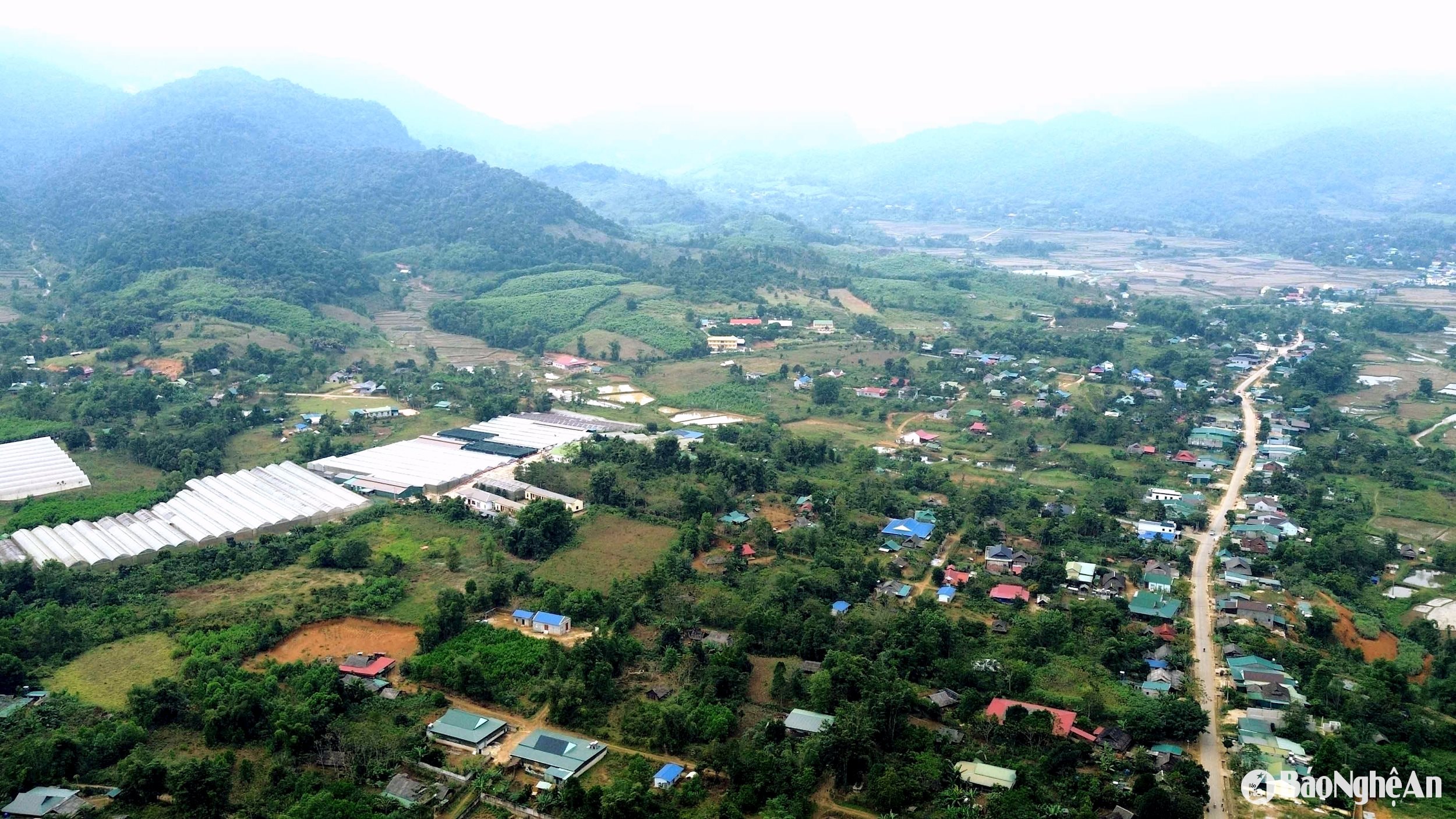
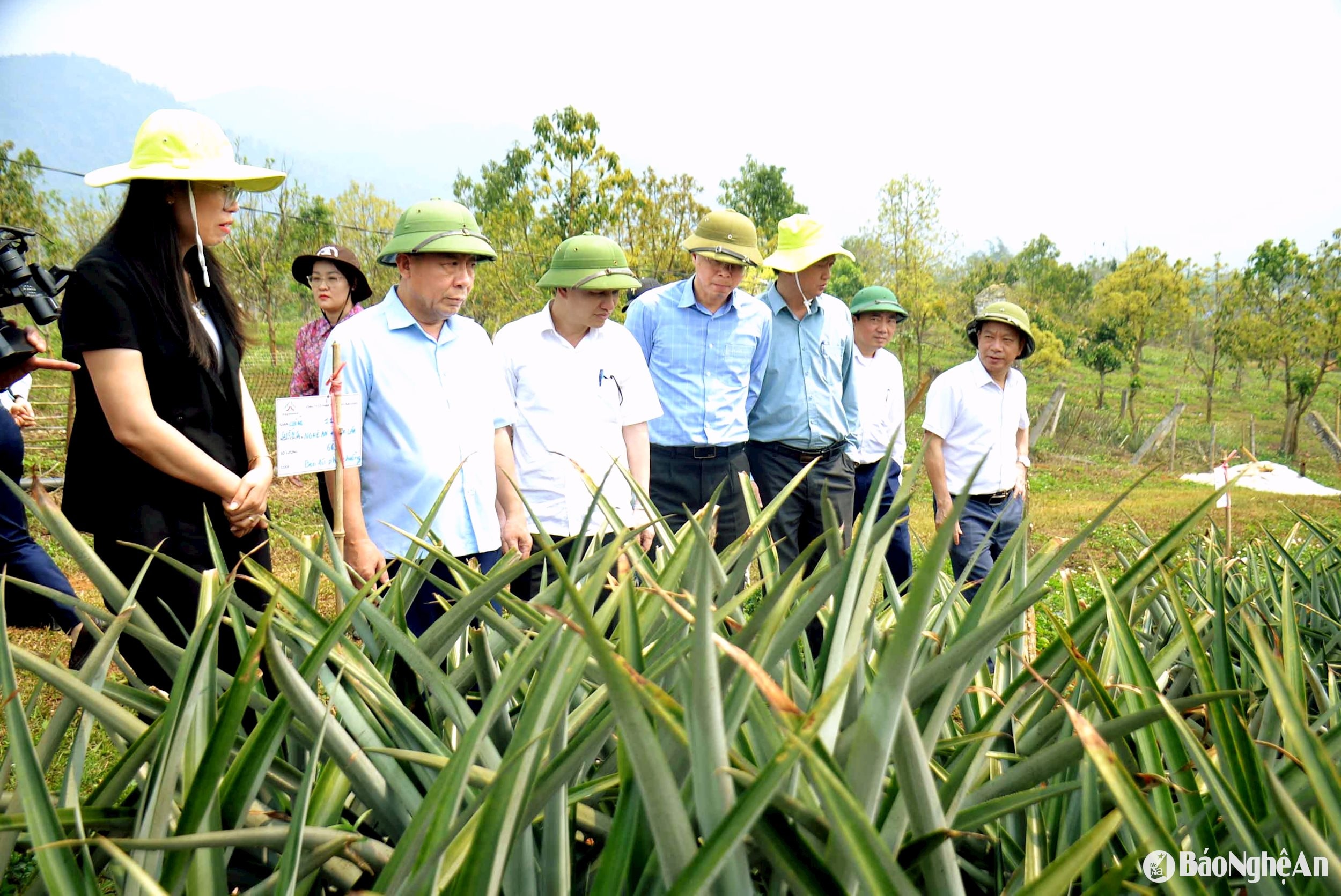
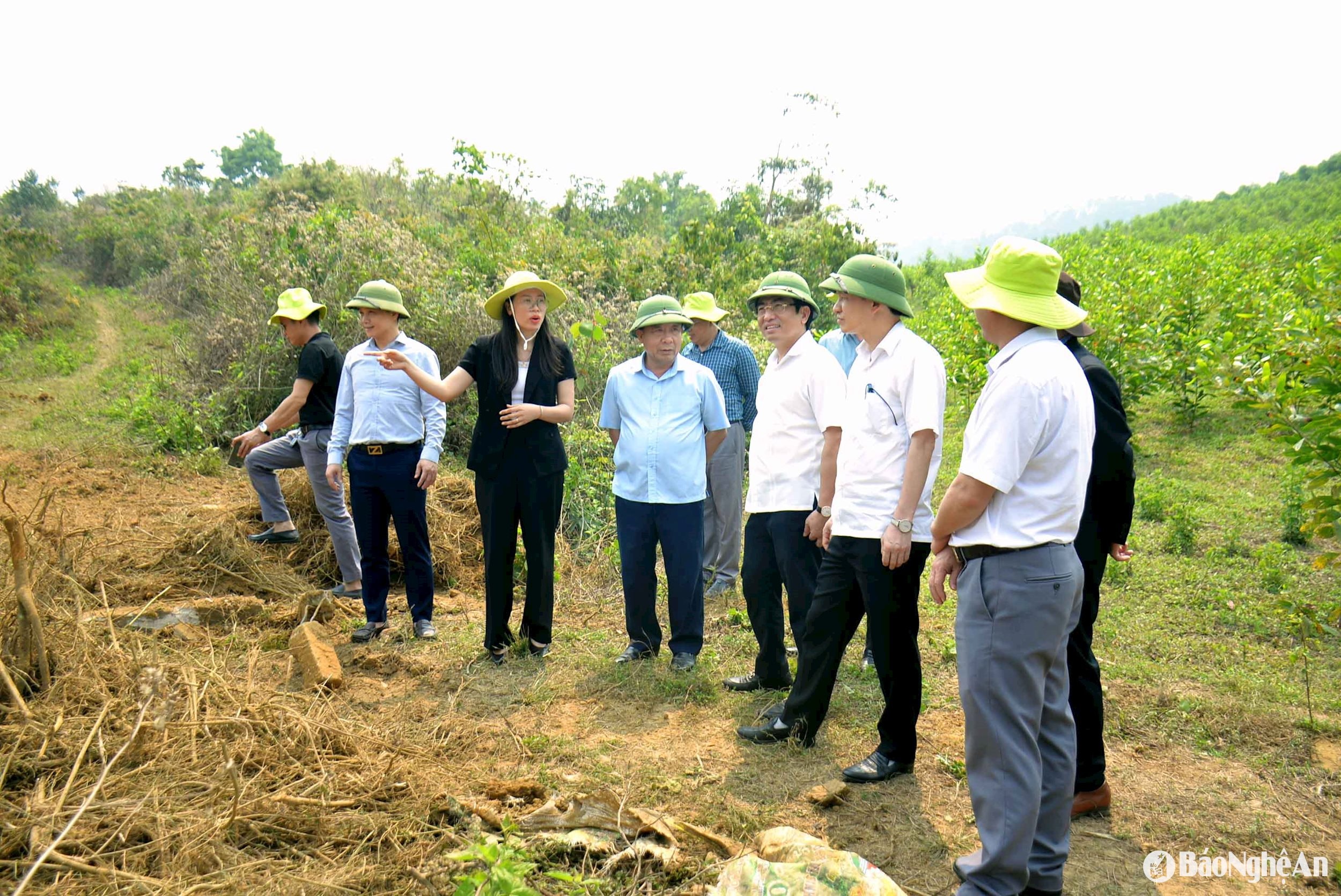

![[Photo] Prime Minister Pham Minh Chinh receives Cambodian Minister of Commerce](https://vstatic.vietnam.vn/vietnam/resource/IMAGE/2025/4/28/be7f31fb29aa453d906df179a51c14f7)
![[Photo] Prime Minister Pham Minh Chinh and Japanese Prime Minister Ishiba Shigeru attend the Vietnam - Japan Forum](https://vstatic.vietnam.vn/vietnam/resource/IMAGE/2025/4/29/fc09c3784d244fb5a4820845db94d4cf)
![[Photo] Signing ceremony of cooperation and document exchange between Vietnam and Japan](https://vstatic.vietnam.vn/vietnam/resource/IMAGE/2025/4/28/e069929395524fa081768b99bac43467)



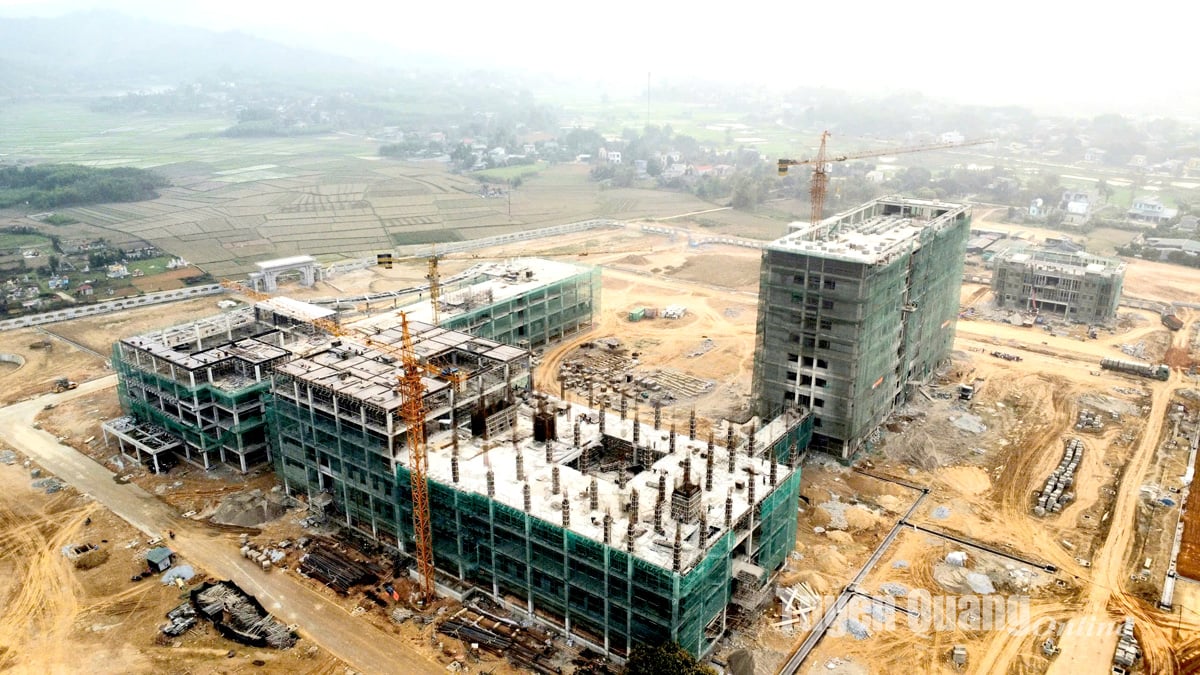
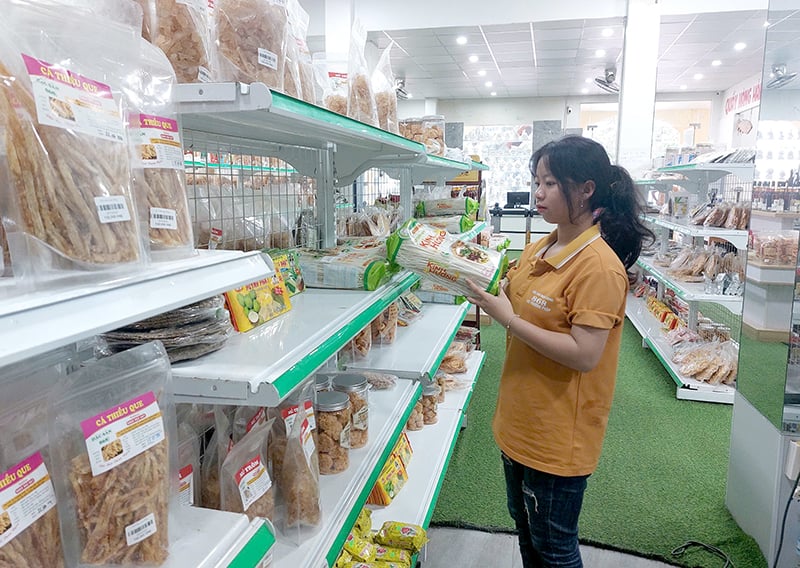
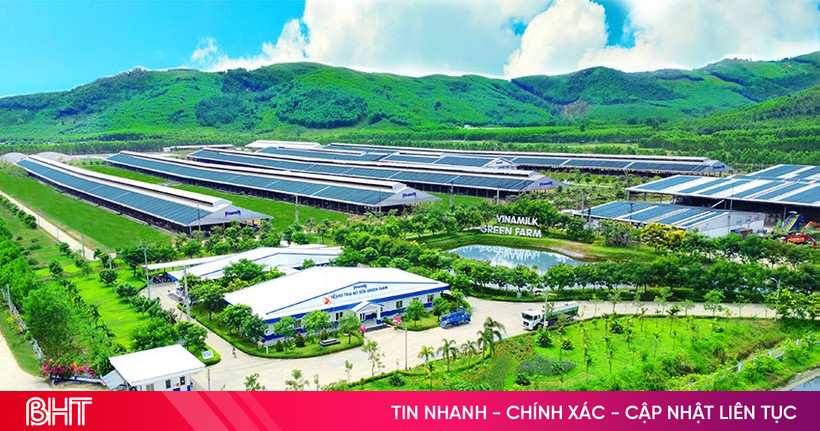

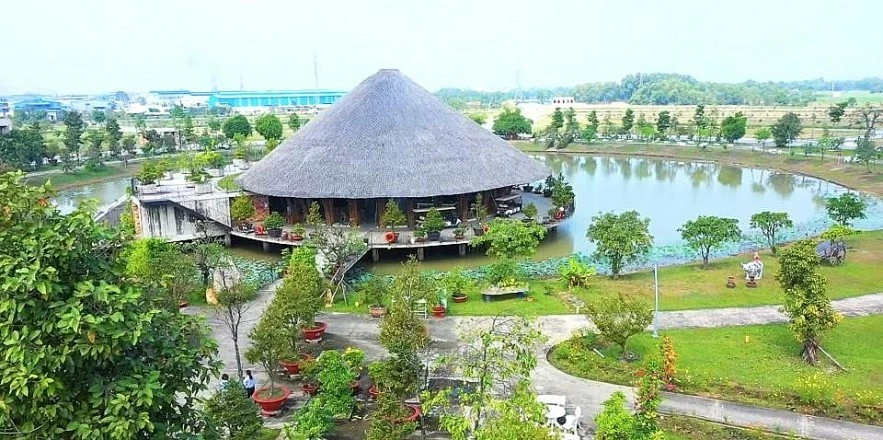
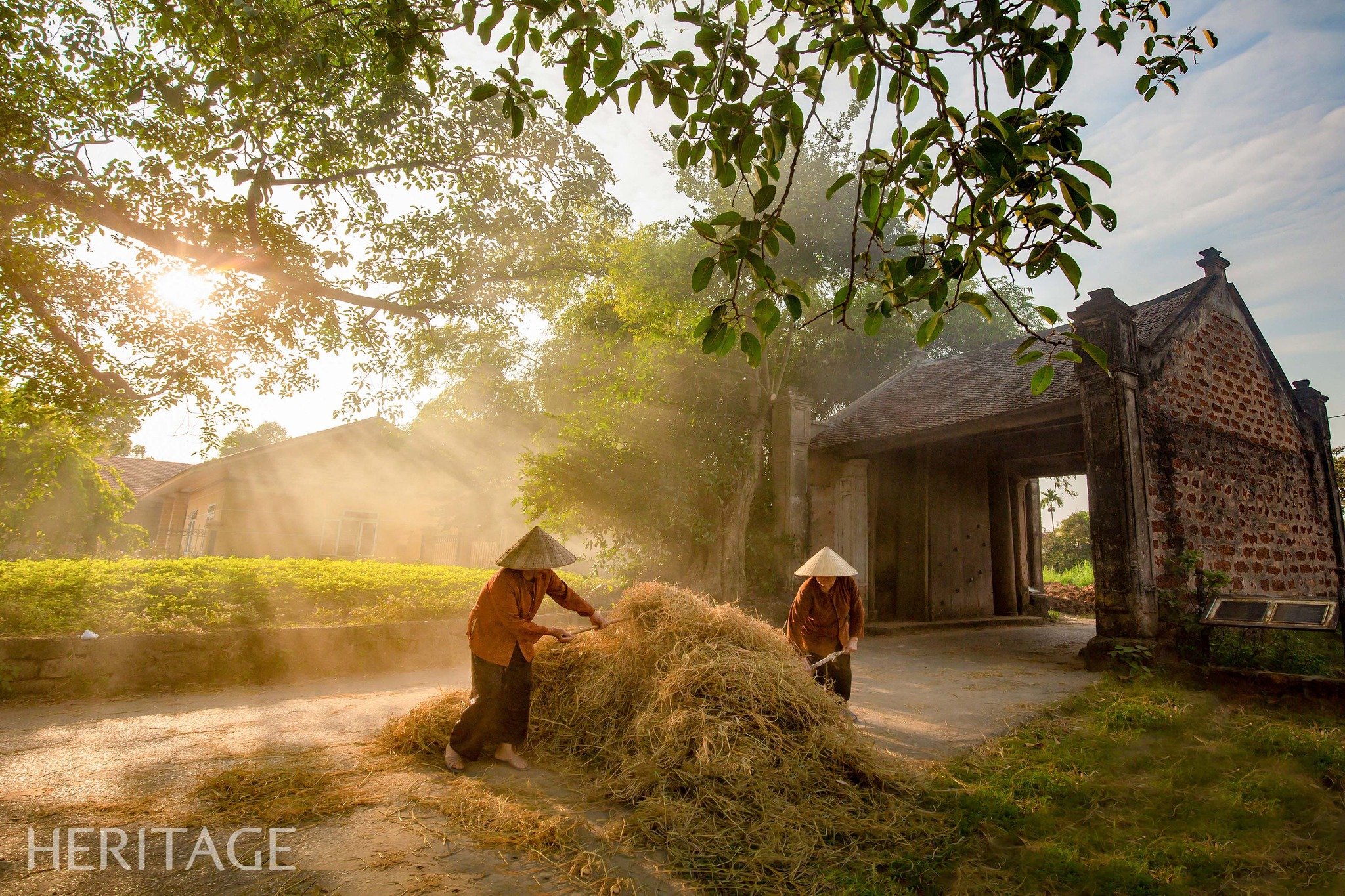


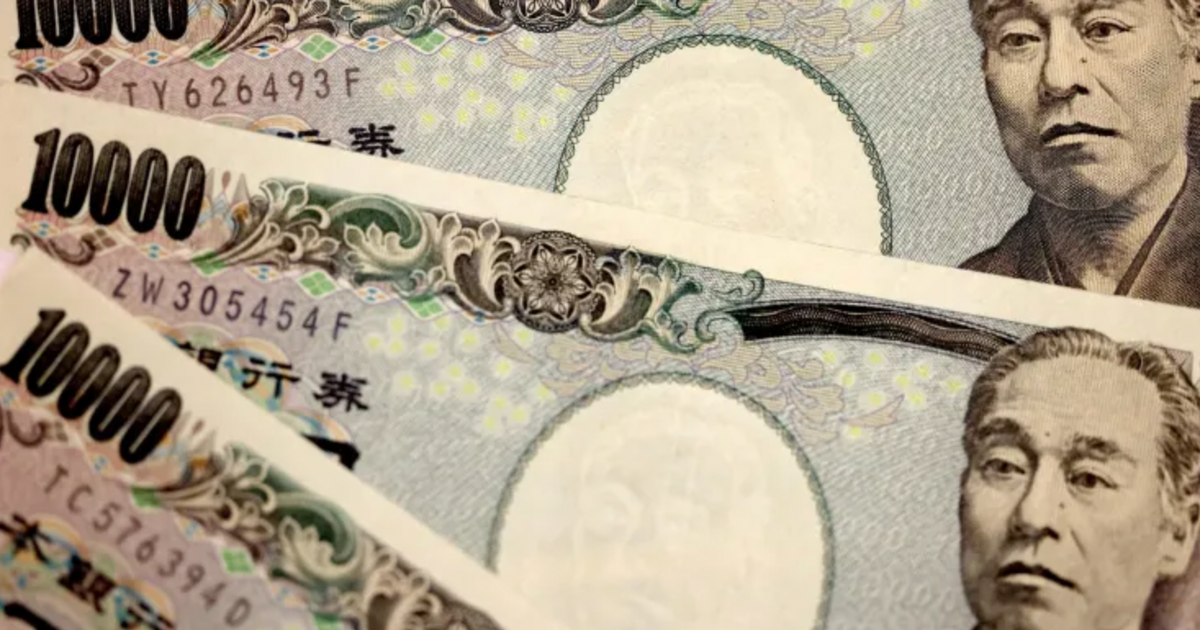
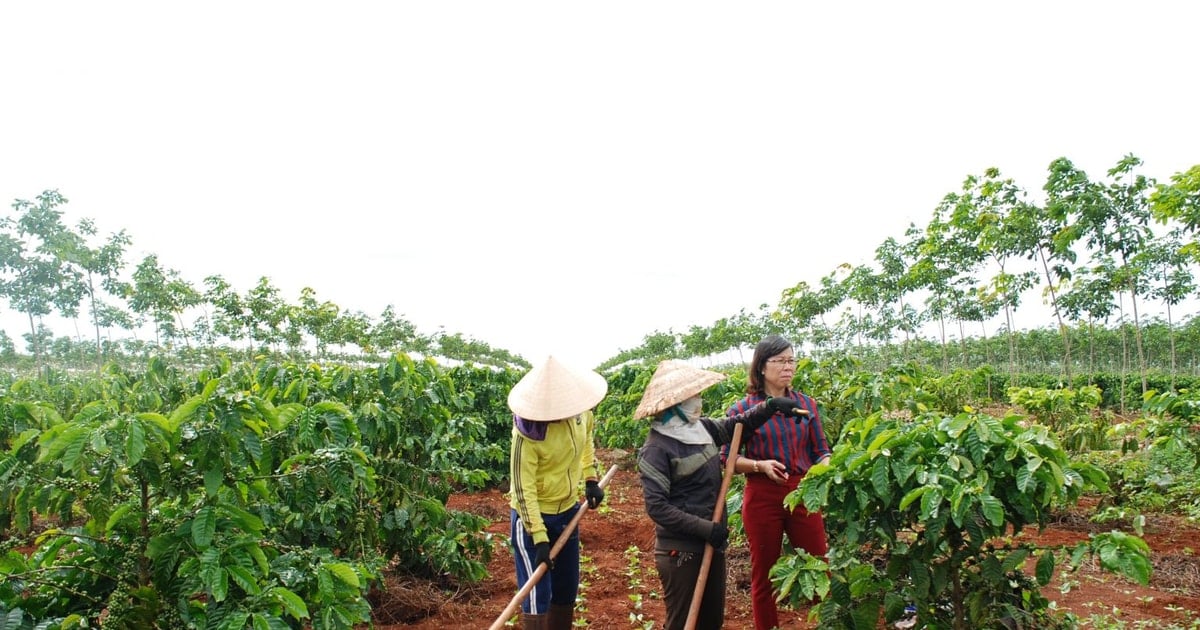
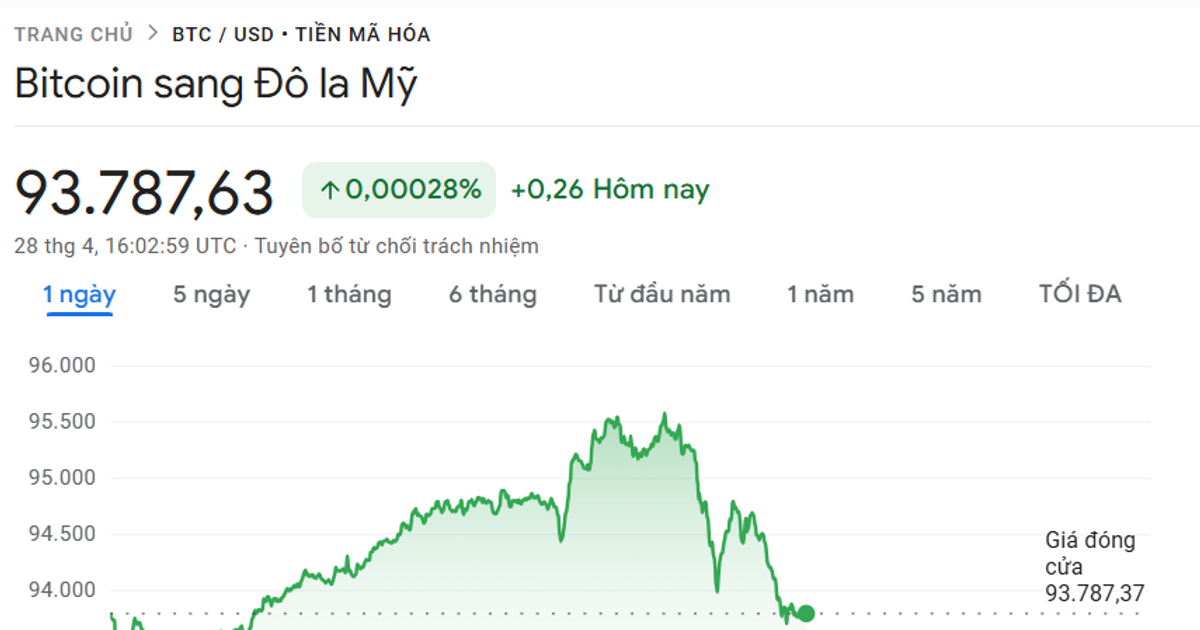


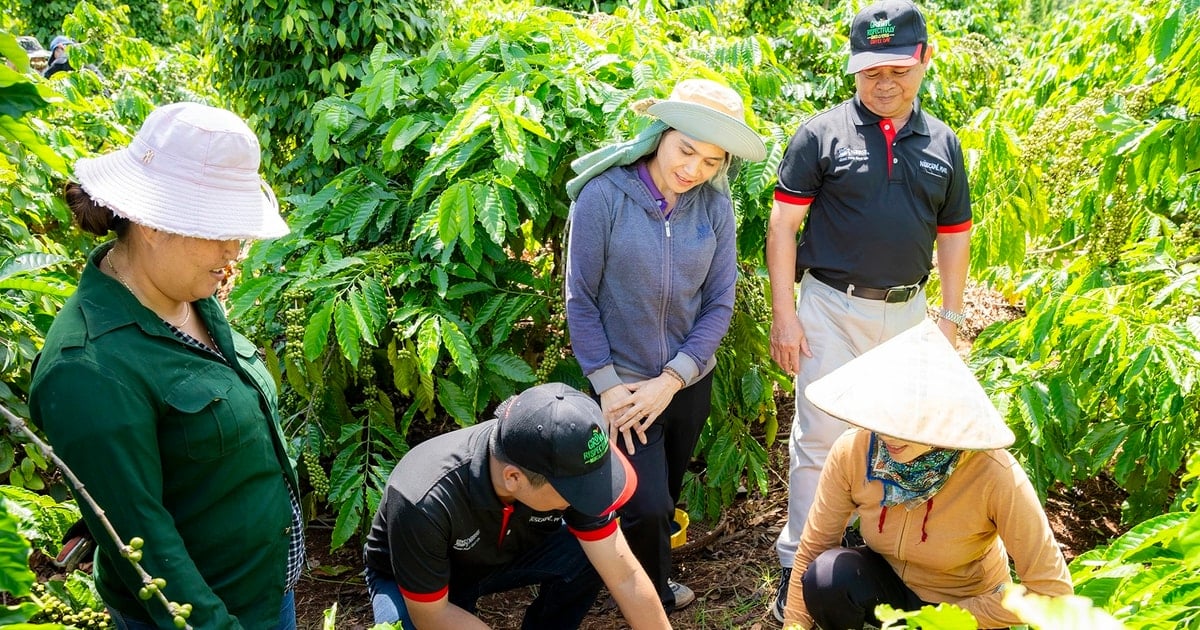

![[Photo] A long line of young people in front of Nhan Dan Newspaper, recalling memories of the day the country was reunified](https://vstatic.vietnam.vn/vietnam/resource/IMAGE/2025/4/28/4709cea2becb4f13aaa0b2abb476bcea)




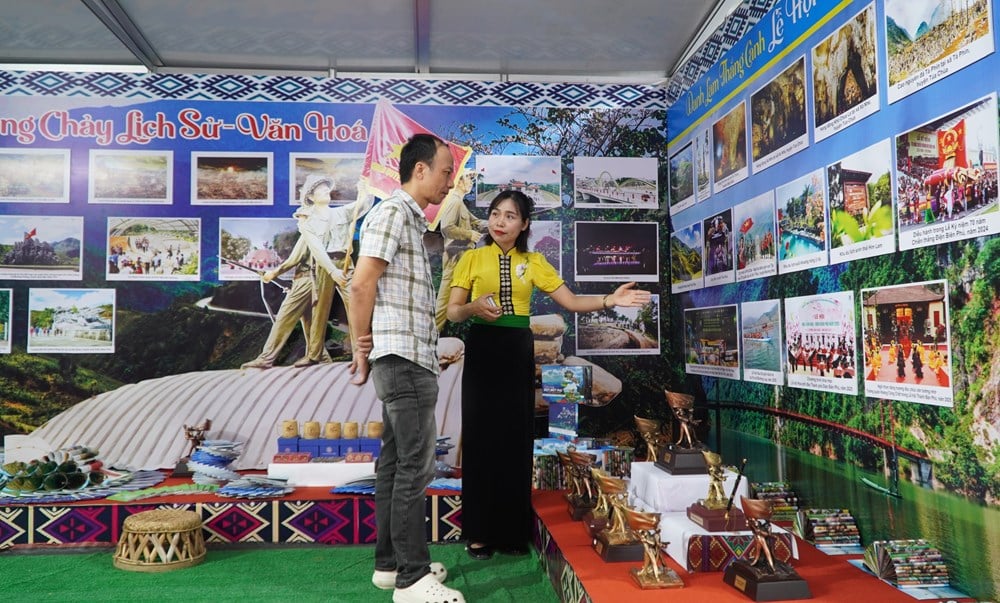

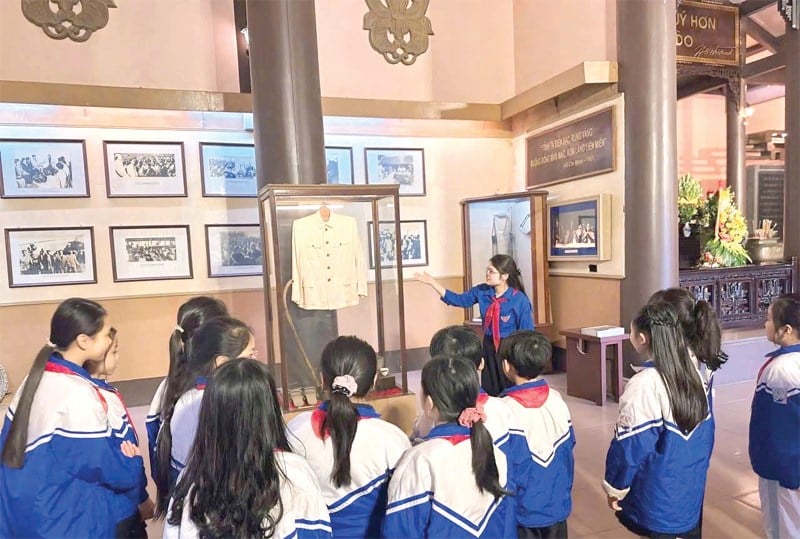


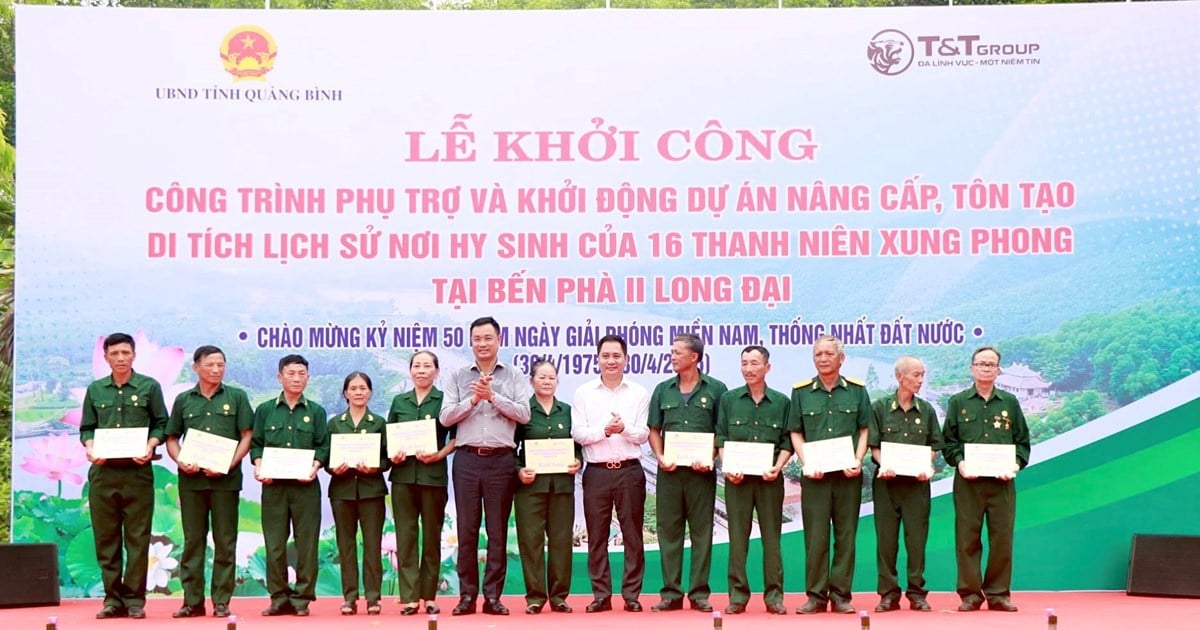
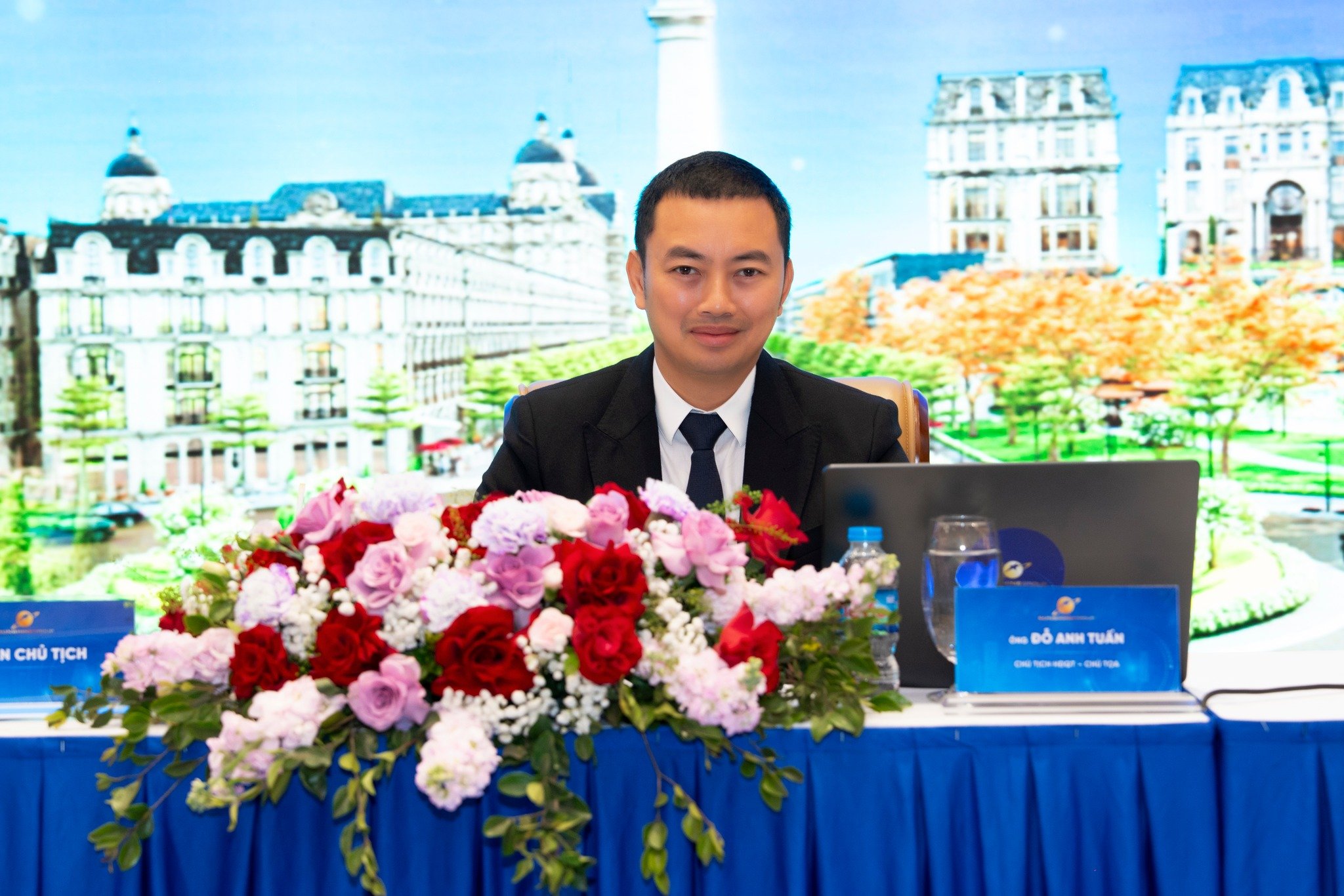

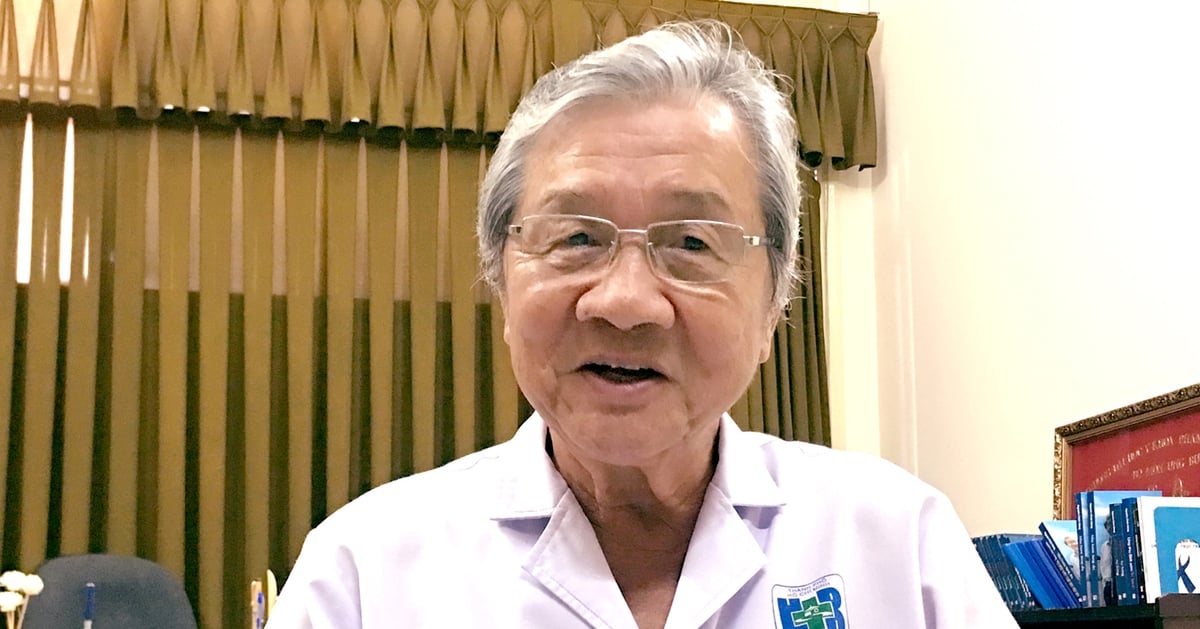



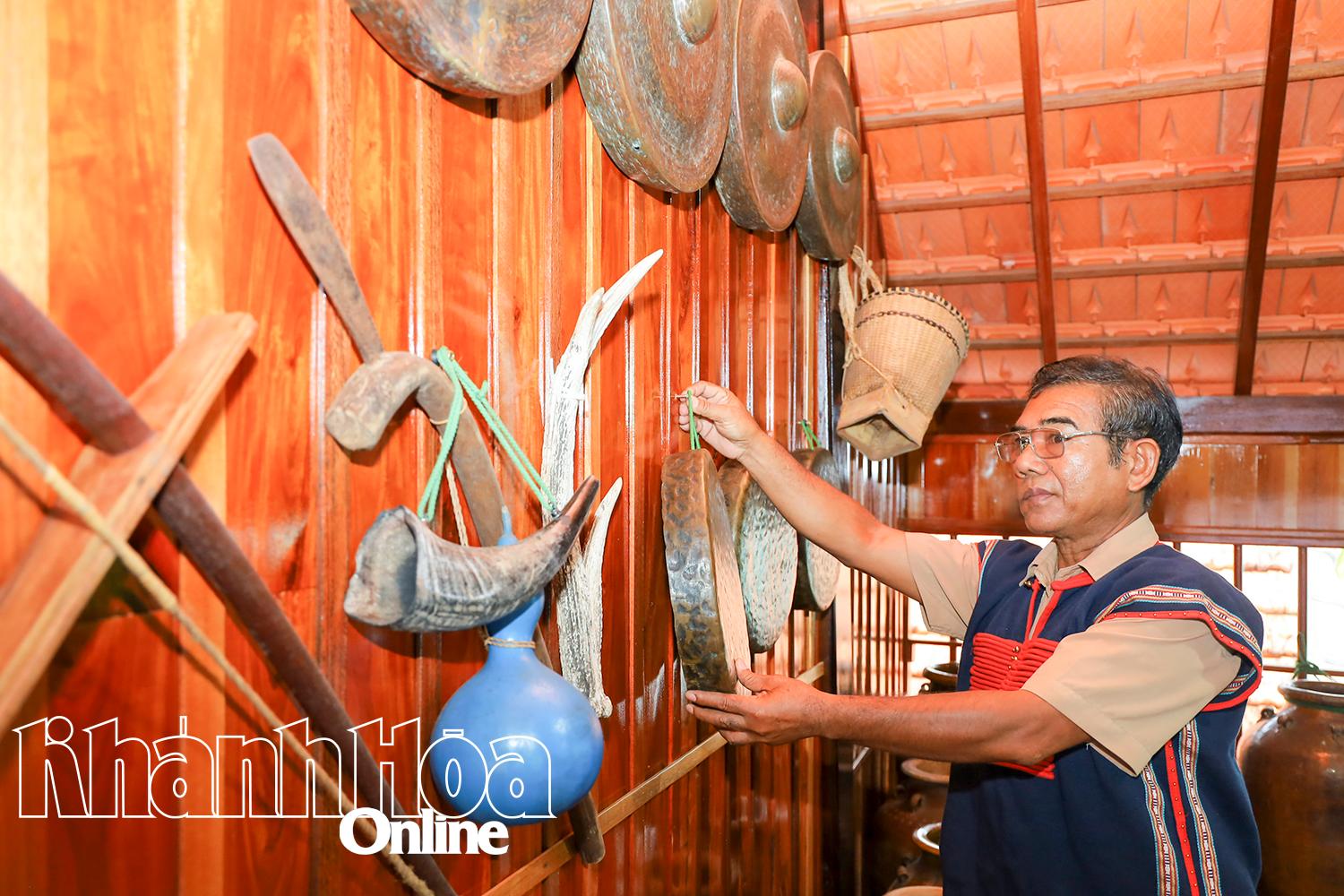






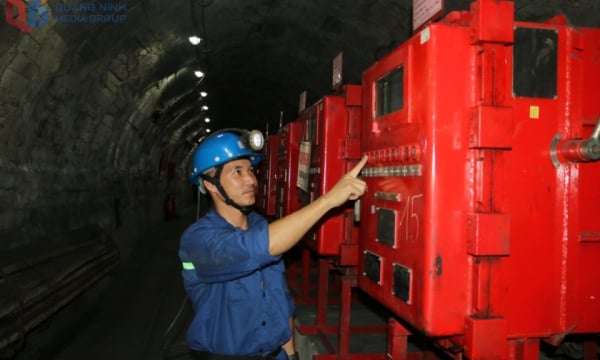



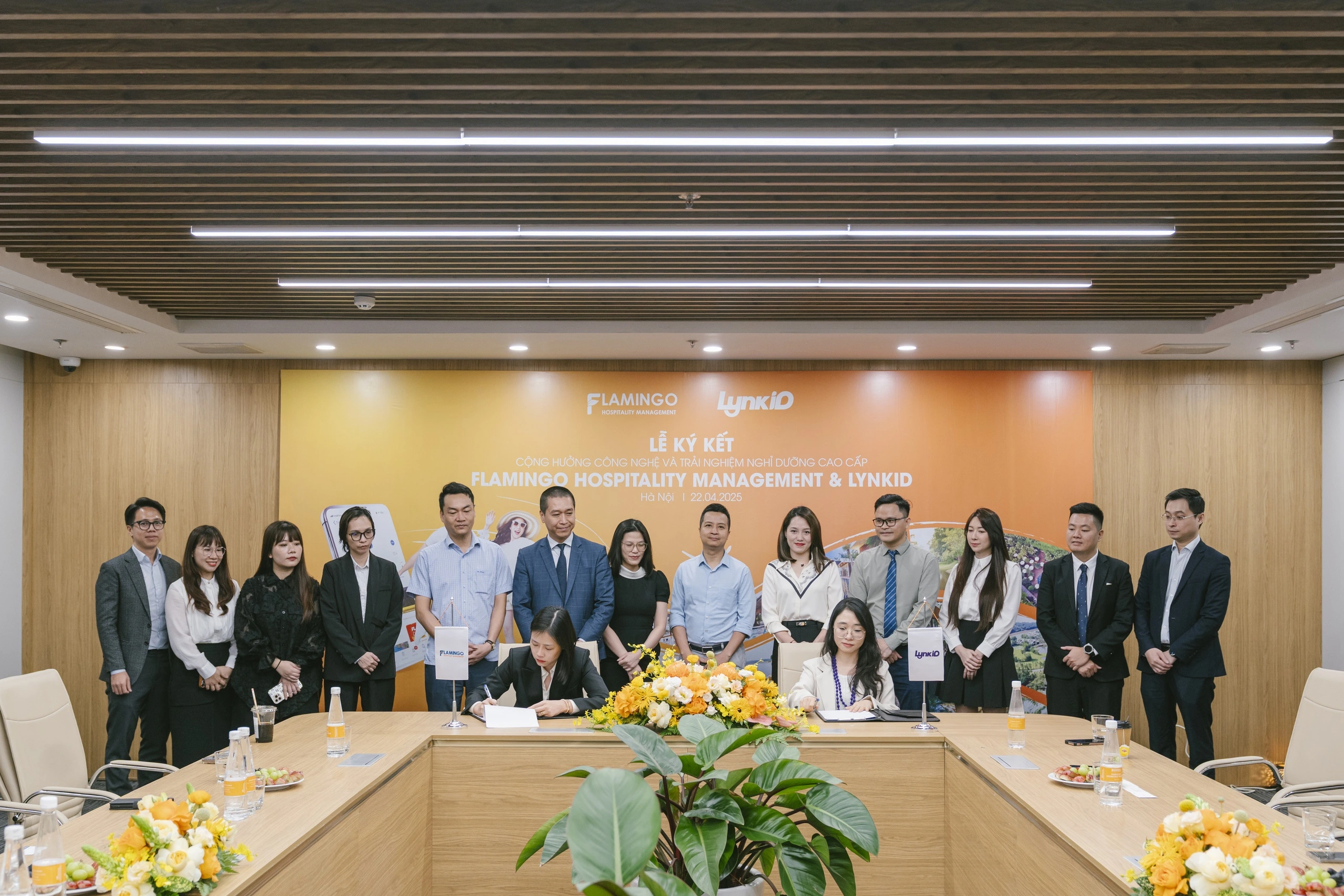
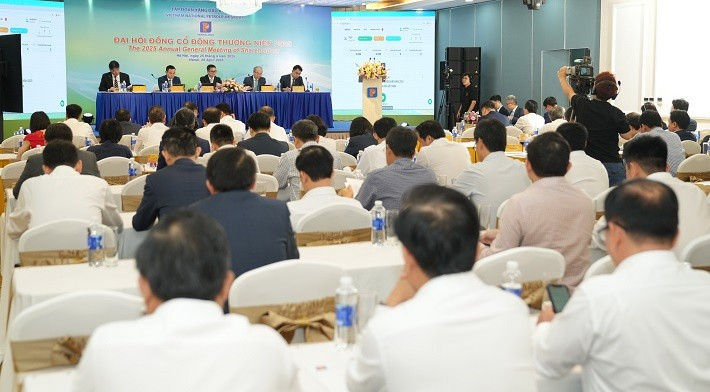



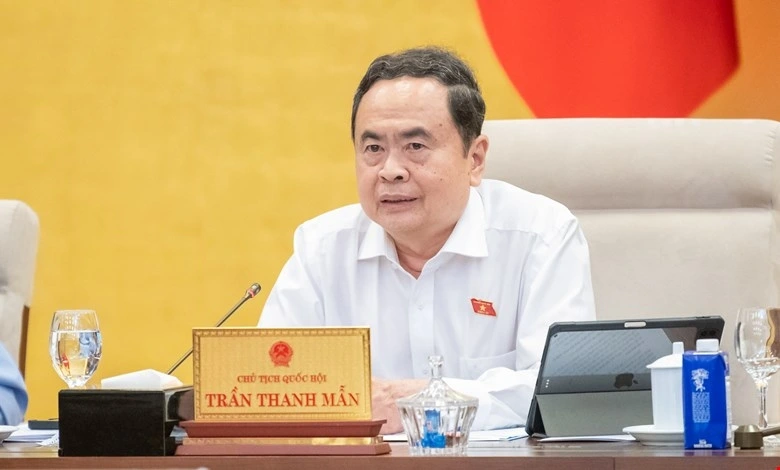

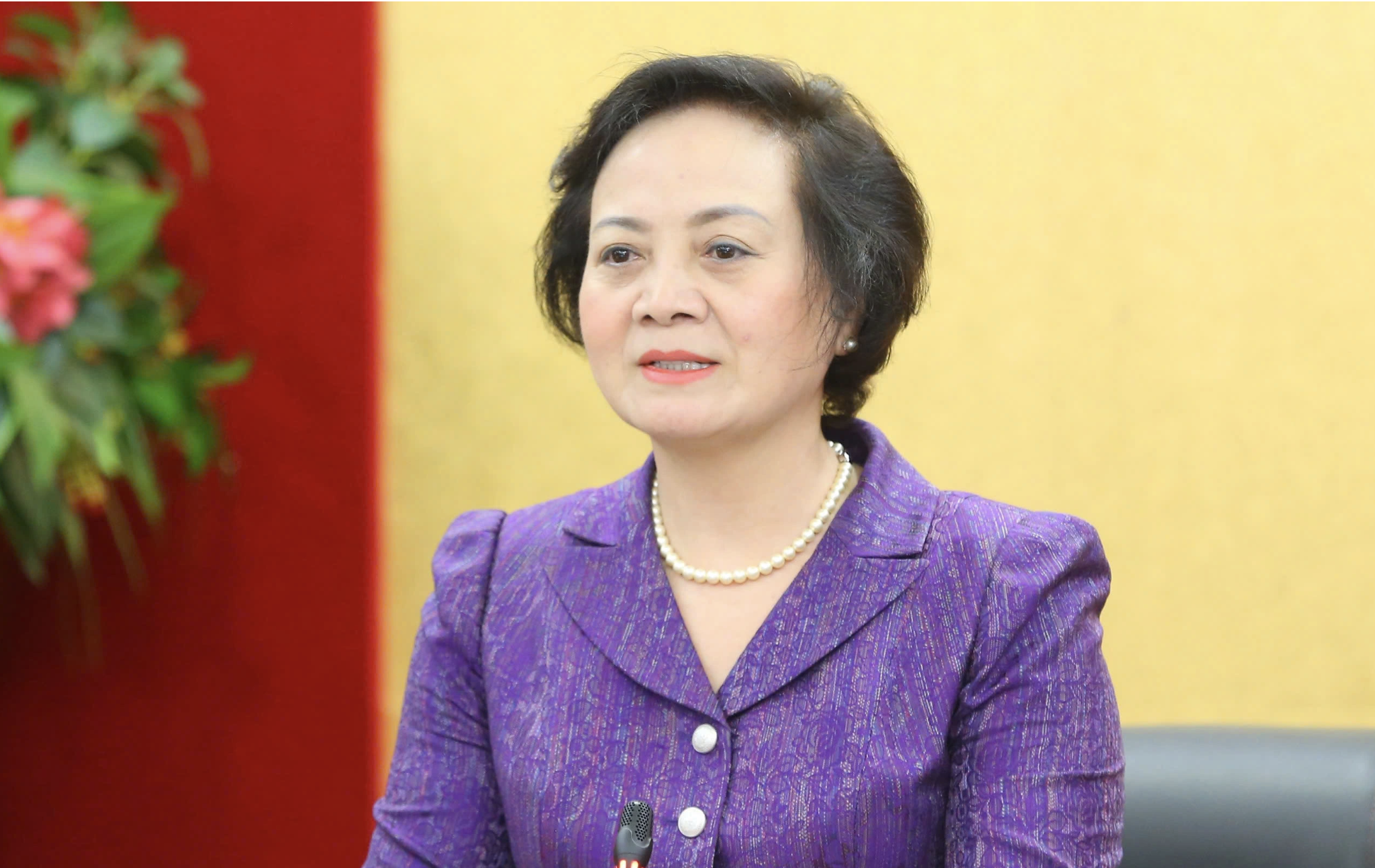





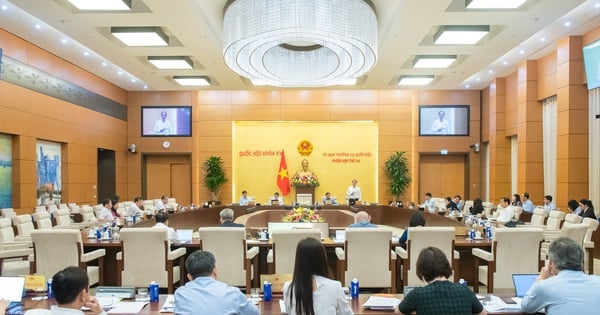





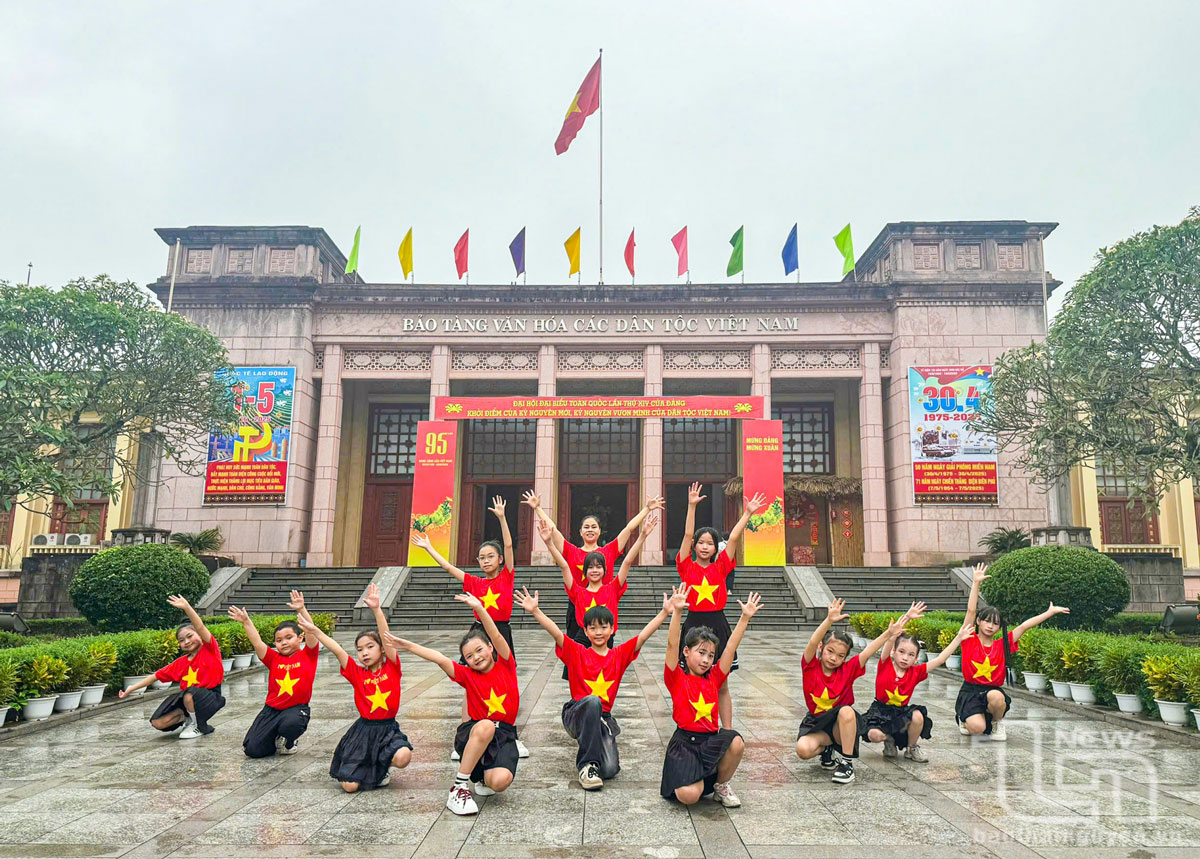

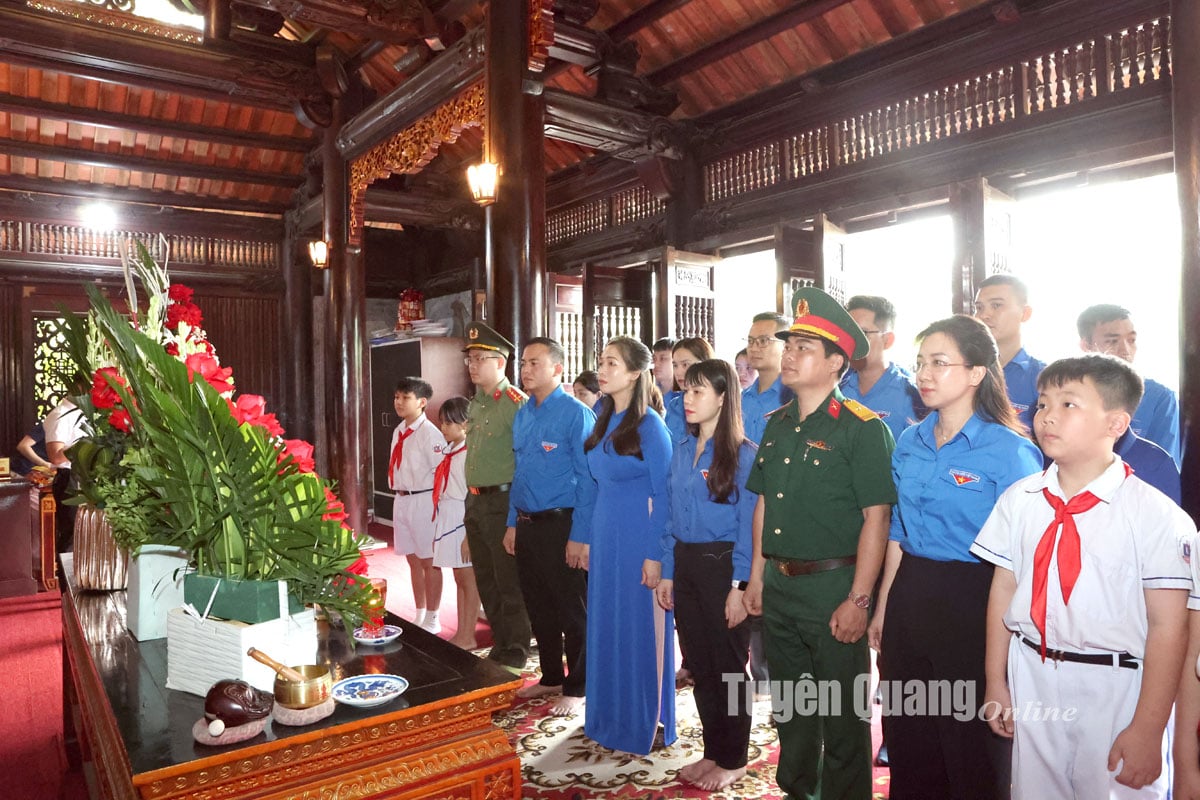

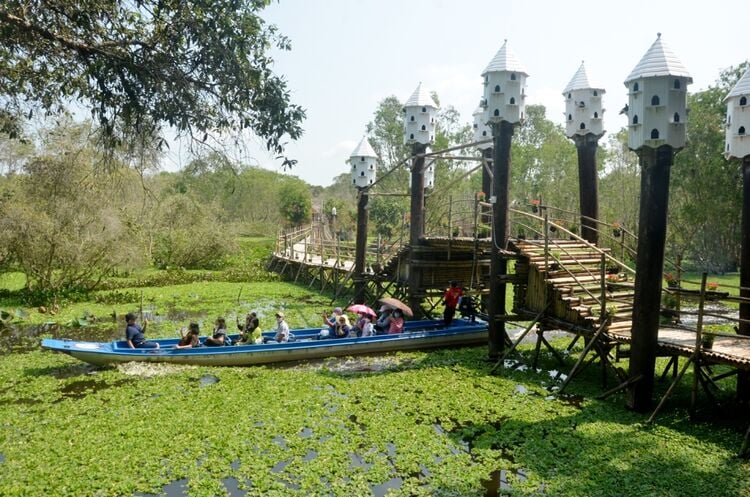

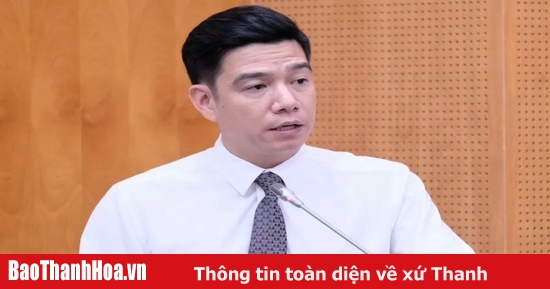

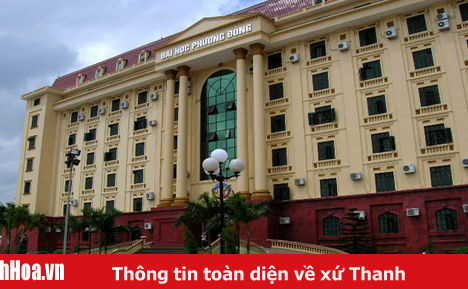

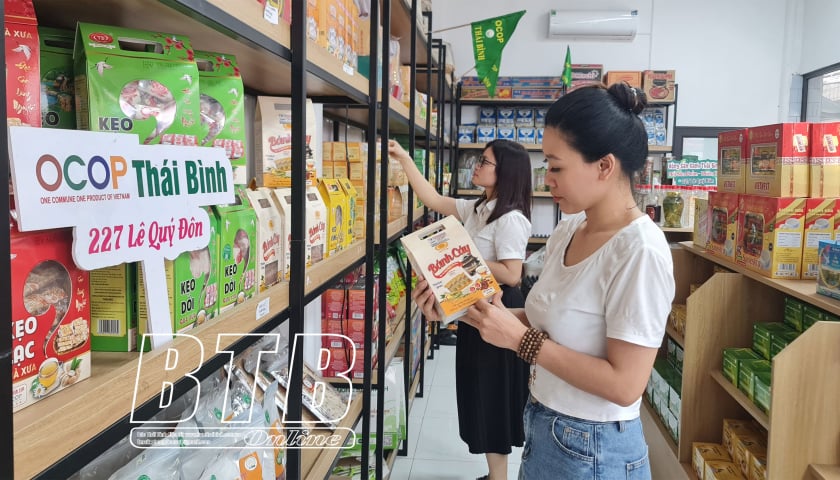

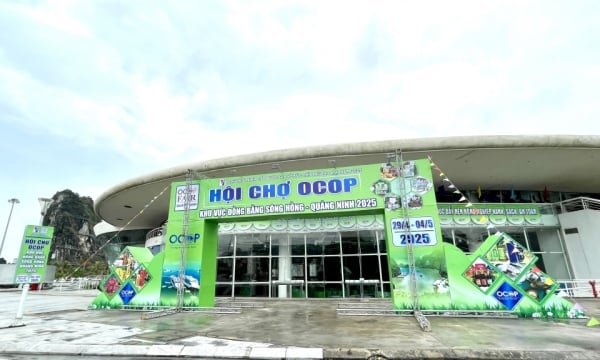
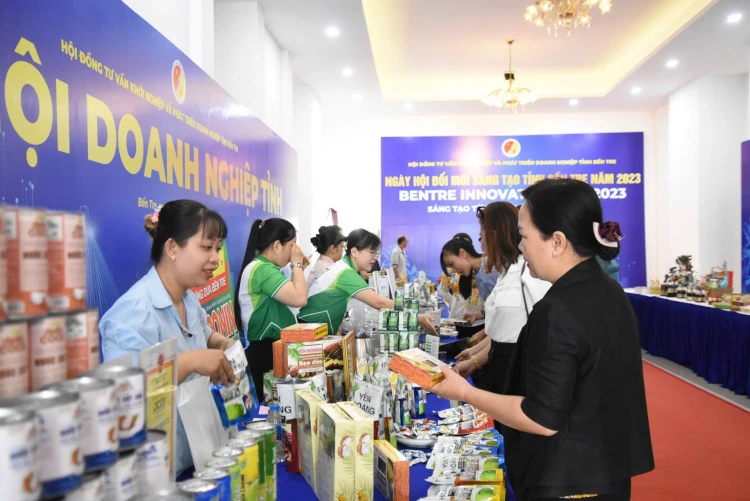

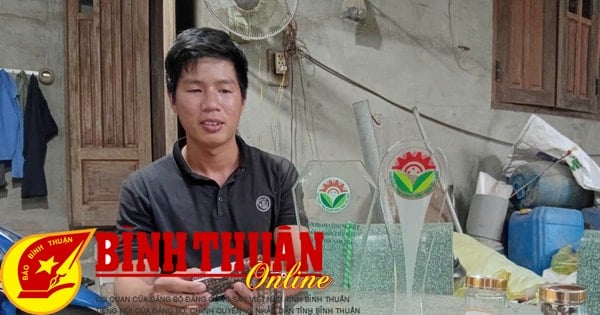

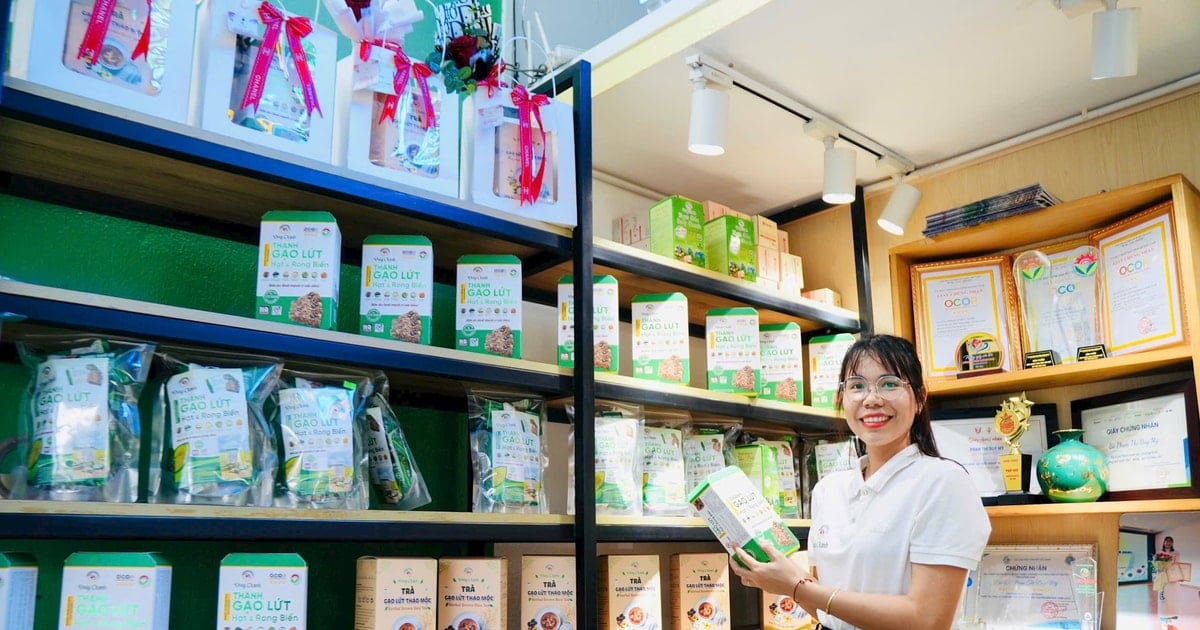

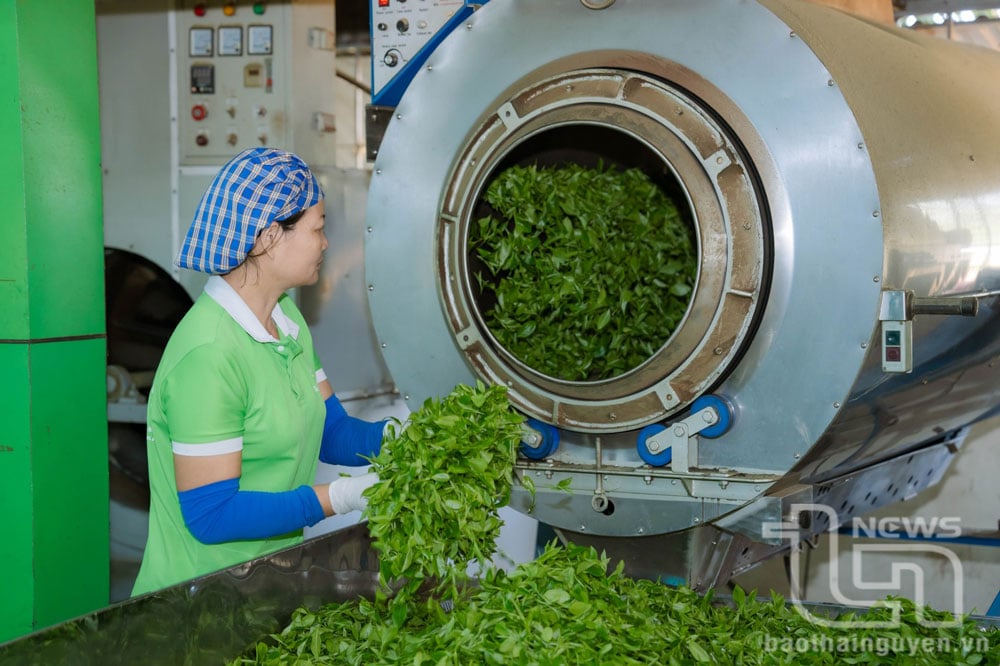
Comment (0)